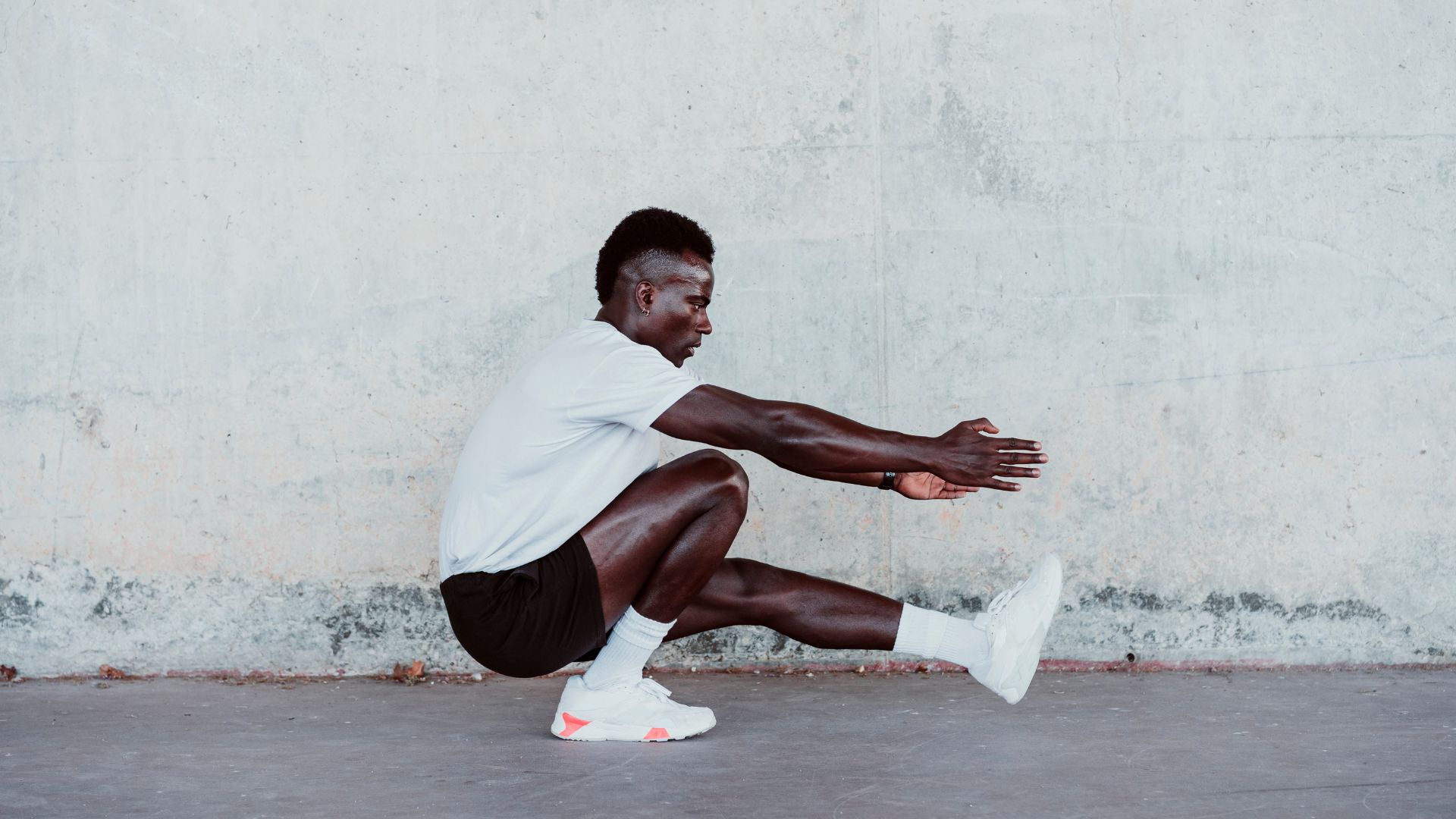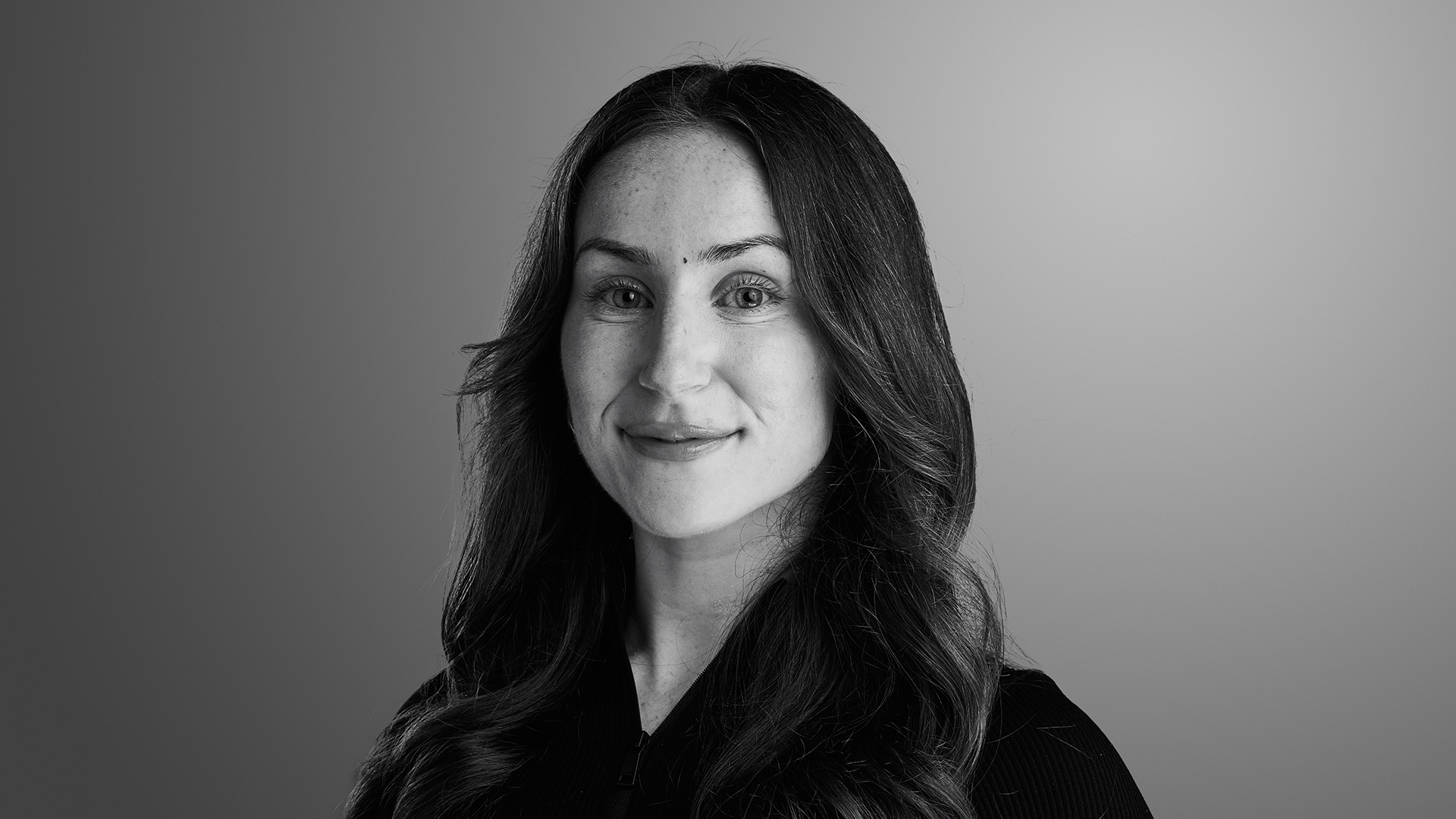Are pistol squats worth the hype? We ask an expert
Pistol squats are popping up everywhere, but are they worth adding to your lower body training? An expert weighs in


Whether it’s scrolling on your socials or at the gym, you’ve probably seen someone do (or at least try to do) a pistol squat as of lately. Exercises like the bench press, squat, and deadlift are often perceived as a symbol of strength, whereas the pistol squat looks pretty cool. But is that all it is? An impressive-looking exercise lacking substance?
“Pistol squats seem to be all the rage at the moment,” agrees Nick Mitchell, Founder of Ultimate Performance. “In recent months my social media feed has been rife with people trying out the single-leg squat.”
It’s also probably one of the hardest single-leg exercises out there, therefore does it really deserve the pedestal it's so often placed upon? Even more so, is it really worth adding to your training at the expense of other lower-body exercises? We take a closer look…
What are pistol squats?
A pistol squat is simply a single-leg squat with your leg extended out in front of you. We say ‘simply’, they’re extremely hard to master.
“It’s a compound exercise that works all the major muscle groups in your legs – including your hamstrings, quads, adductors, glutes, even your feet,” says Nick.
You probably won’t see your average gym-goer doing them for reps, but they’re popular amongst the CrossFit community, endurance athletes and gymnasts.
What are the benefits?

Nick says the three main reasons why pistol squats are worthy of consideration are: to improve your strength and power if you’re a runner, to sculpt a good bum, and to help you improve your depth on hinge movements, such as the deadlift, or back squat. This is because they’re a unilateral exercise (working one limb at a time) that require excellent balance, mobility, and strengthen the lower body muscles.
Get all the latest news, reviews, deals and buying guides on gorgeous tech, home and active products from the T3 experts
Speaking of working one limb at a time, they’re also great for addressing muscular imbalances in the lower body, which can eventually lead to problems with bilateral exercises (using both legs), such as squats, deadlifts and cleans. “If your lower body control is not symmetrical during barbell movements, then the force will be unevenly transferred to your spine, which can cause back problems,” says Nick.
You can also build strength and muscle by doing pistol squats, especially if they're new to you. However, because it’s a bodyweight exercise and isn’t the easiest to progressively overload, this will become limited pretty quickly.
Are they worth it?
Pistol squats are hard – period. “Most people struggle to perform traditional squats correctly, let alone adding in the extra difficulty of doing them on one leg,” says Nick. “And, without being disparaging, very few people have the required flexibility to perform them safely.”
Being a bodyweight exercise, once you perfect your pistol squat it’s going to be hard to stimulate your posterior chain and thigh muscles effectively, as it’s not an easy exercise to progressively overload. “Other quad-based movements will all require loading eventually for maximum adaptation, so dumbbells and barbells become a necessity,” explains Nick. “This is why the traditional back squat remains, in my opinion, the most effective lower body exercise and has been for decades.”
So, can your training survive without them? Yes and definitely yes if you’re just getting started in the gym. “As long as you’re performing other quad and hamstring-based exercises that you can progressively make more challenging with heavy dumbbells and barbell weights, you can still sculpt impressive legs and glutes without pistol squats,” says Nick.

Bryony’s T3’s official ‘gym-bunny’ and Active Staff Writer, covering all things fitness. She is a certified personal trainer and also a part-time fitness instructor. In her spare time, you will find her in her natural habitat - the gym - where her style of training is a hybrid of bodybuilding and powerlifting. Bryony loves writing about accessible workouts, nutrition and testing innovative fitness products that help you reach your fitness goals and take your training to the next level.